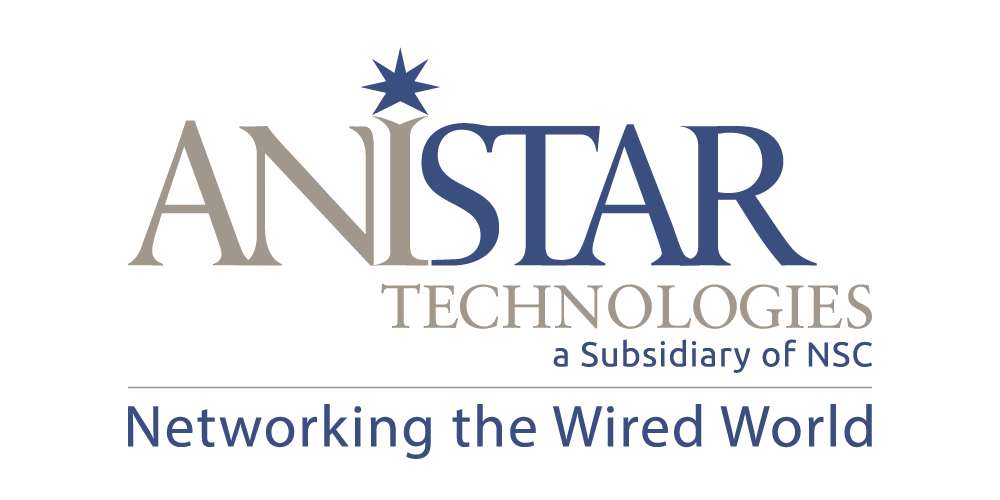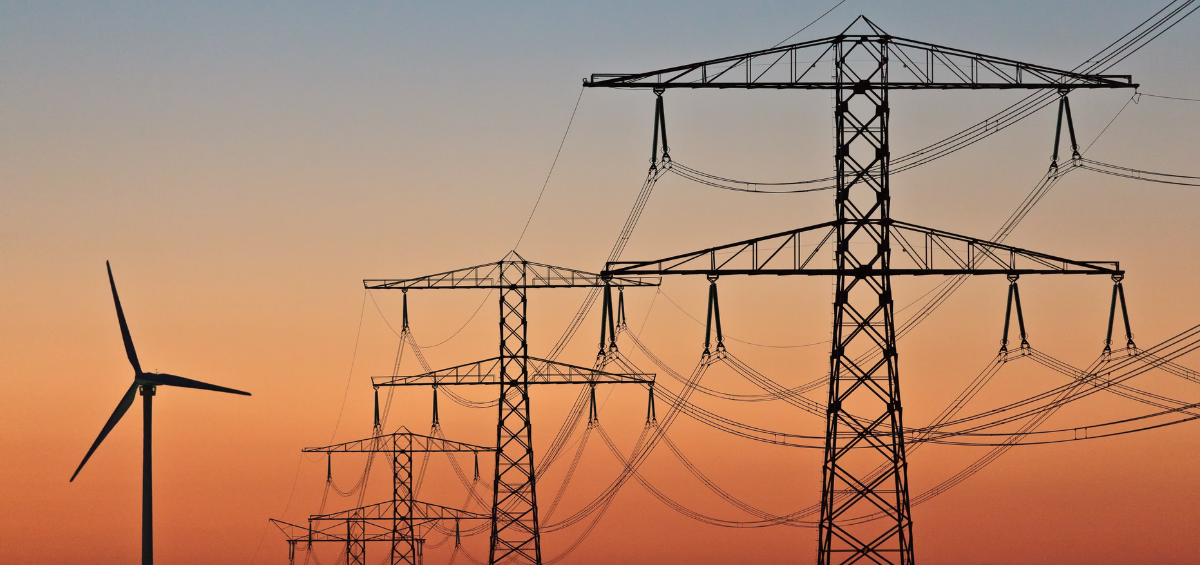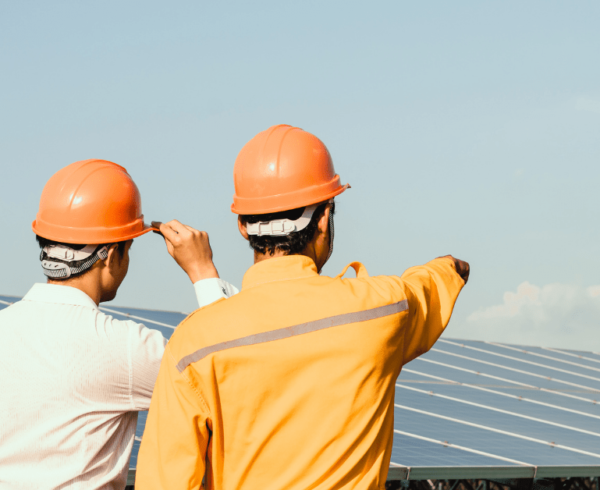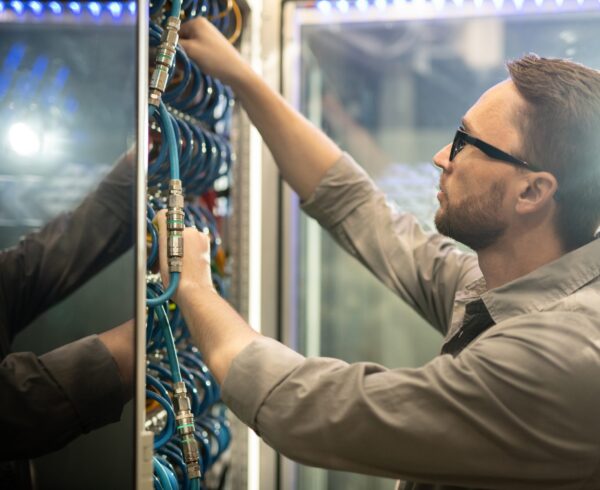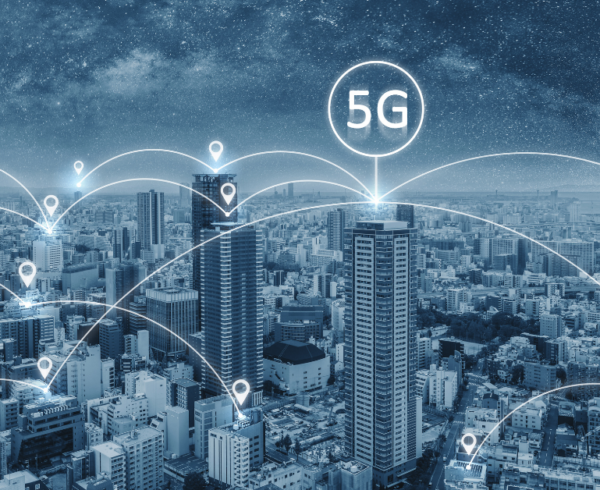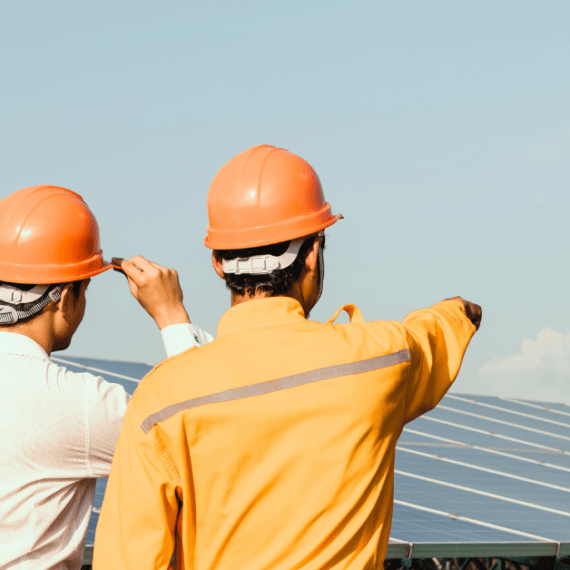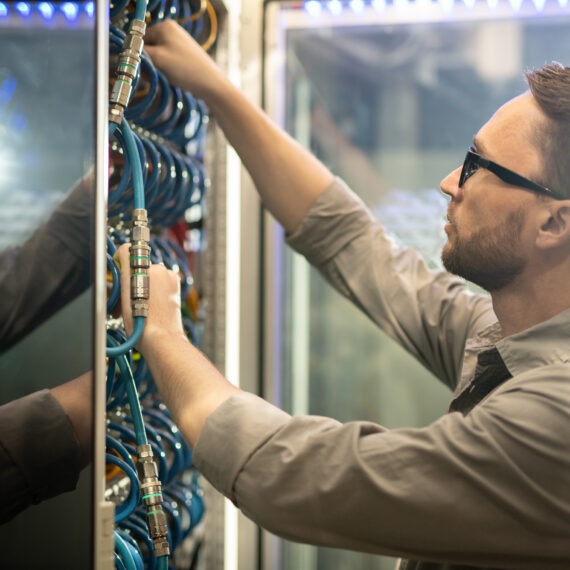From May 10th to 14th, there’s an event called “United for Infrastructure 2021: A Week to Champion America’s Infrastructure.”
This yearly meeting has been going on for almost a decade and involves many of the nation’s leaders. Its goal is to discuss infrastructure’s role in daily life, the economy, the job market, public health, and national security.
Infrastructure Week is led by the Steering Committee, which hosts over 500 nationwide affiliates. Events, tours, and open houses are hosted by participants at infrastructure assets. They get a chance to speak to the press and spread their message on social media.
This year, strained state and local budgets, delayed projects, and staffing shortages throughout construction and other industries will be examined thoroughly.
Those involved in federal staffing and recruitment in the infrastructure/network field should keep their ears open because the subject matter will clarify a lot about jobs in tech, wireless, and data generated by the US’s potential changes to its infrastructure grid.
This blog will look at what might be some of the key talking points during Infrastructure Week this year.
The Challenges of COVID-19
Social and physical infrastructures have been pushed to their limits by the pandemic’s economic and health impacts.
The hope is that infrastructure spending can provide an economic boost in these trying times. However, that notion isn’t something that can be taken for granted. Effective prioritization and strategic timing are both a must for these positive impacts to be made.
Infrastructure week is bound to help navigate these challenges and facilitate a discussion on how to move forward.
Seeking a More Sustainable Path
Economic recovery seems to be rooted in working toward sustainability. This will foster both growth and job creation–on top of the environmental benefits.
This approach could be three-pronged through the realms of energy, transport, and digital infrastructure. Here’s a breakdown of the outlook of each of the mentioned spaces:
Energy:
● Cleaner energy solution investments will continue to promote the shift from fossil fuels.
● Renewable energy is affordable, and the prices continue to drop–perfect for these financially challenging times.
● Rural solar electrification is the cleanest and most affordable way to reach remote areas and the low-income homes within those areas.
Transport:
● Expect a focus on projects rooted in cleaner transport modes for traffic (e.g., buses, railways, waterways). This will reduce carbon emissions.
● Public transport spending will be critical to give low-income citizens employment opportunities.
Digital:
● Digital technologies will be necessary for getting the carbon out of the economy, which will require investments in broadband infrastructure.
● Smart grids, smart buildings, automated transport systems, and smart supply chains are all expected to make waves.
● Governments have relied on digital methods to manage the pandemic, offering proof that these tools can help move the US away from carbon.
Expect infrastructure jobs and IT infrastructure jobs to sprout up in these three spaces during 2021 and beyond. And when your organization is looking to hire for these critical roles, look no further for exceptional talent than Anistar Technologies. Contact our team of hiring experts today.
